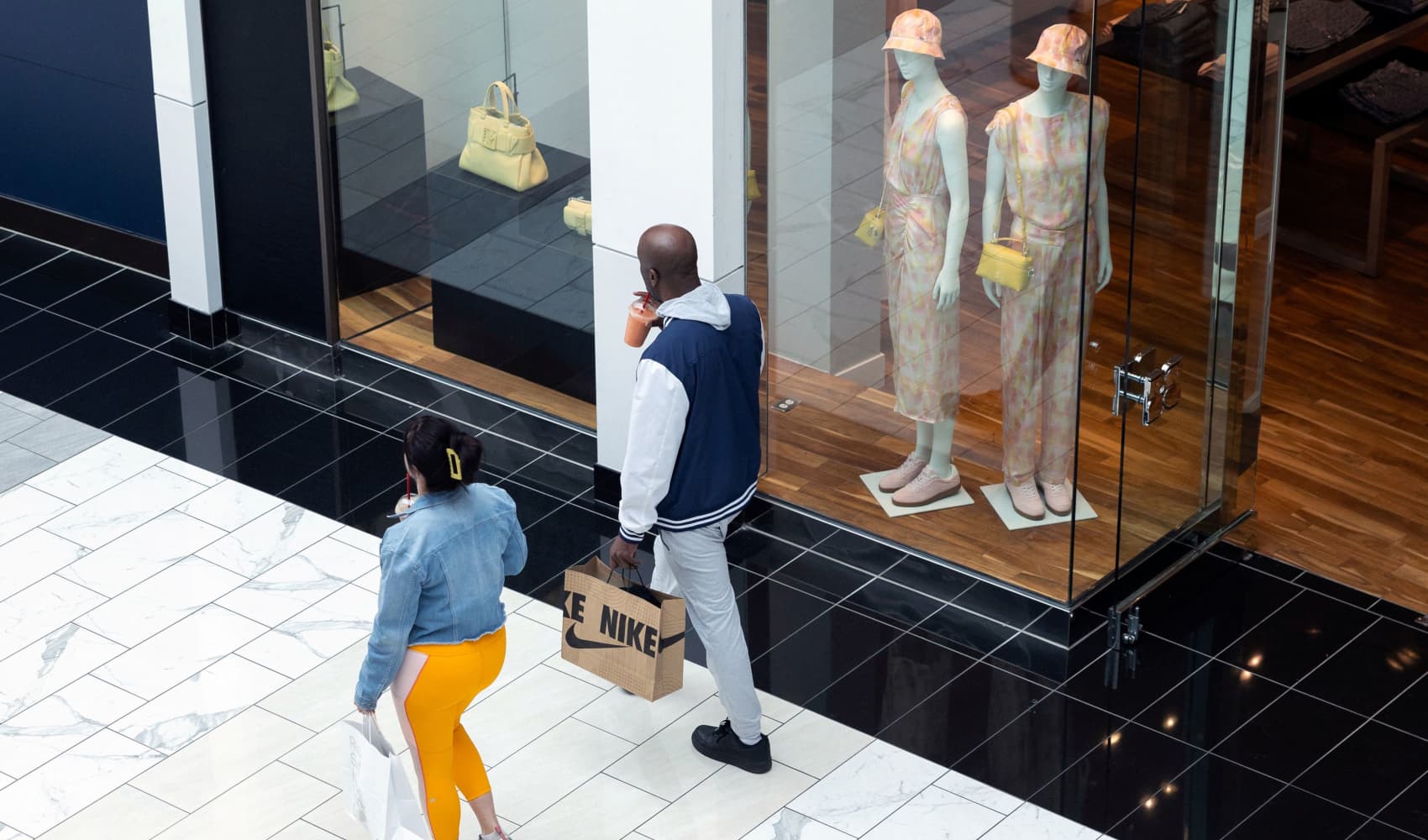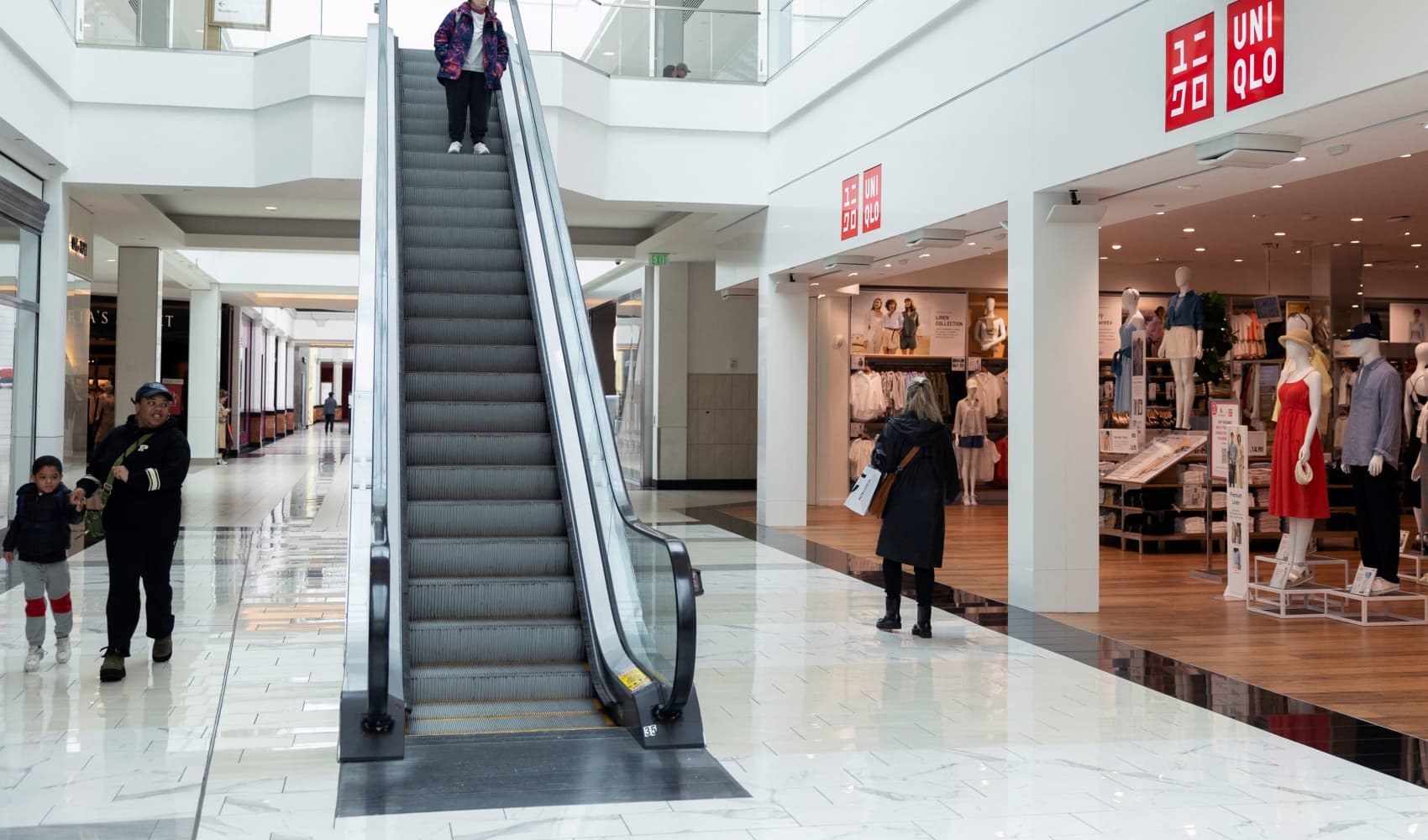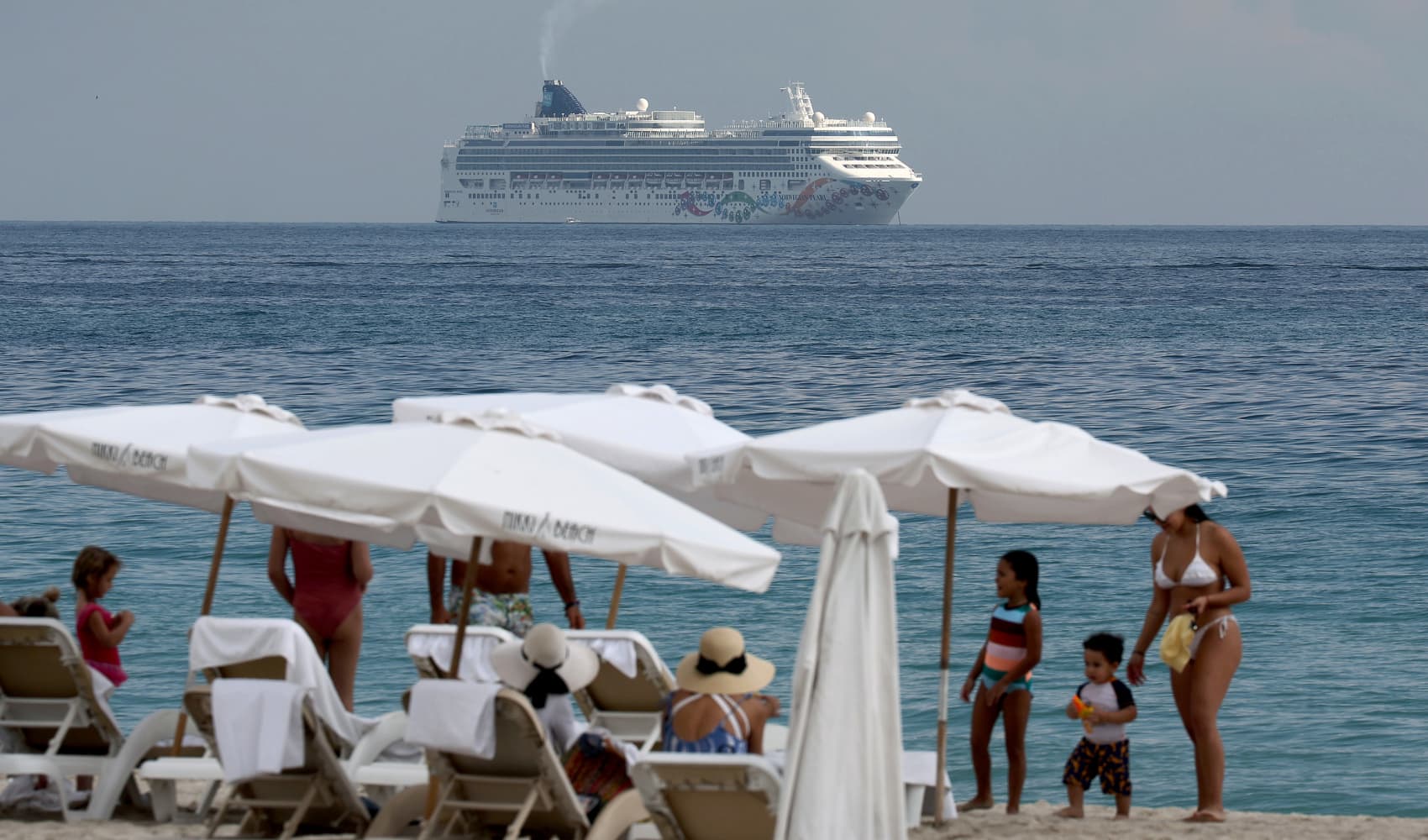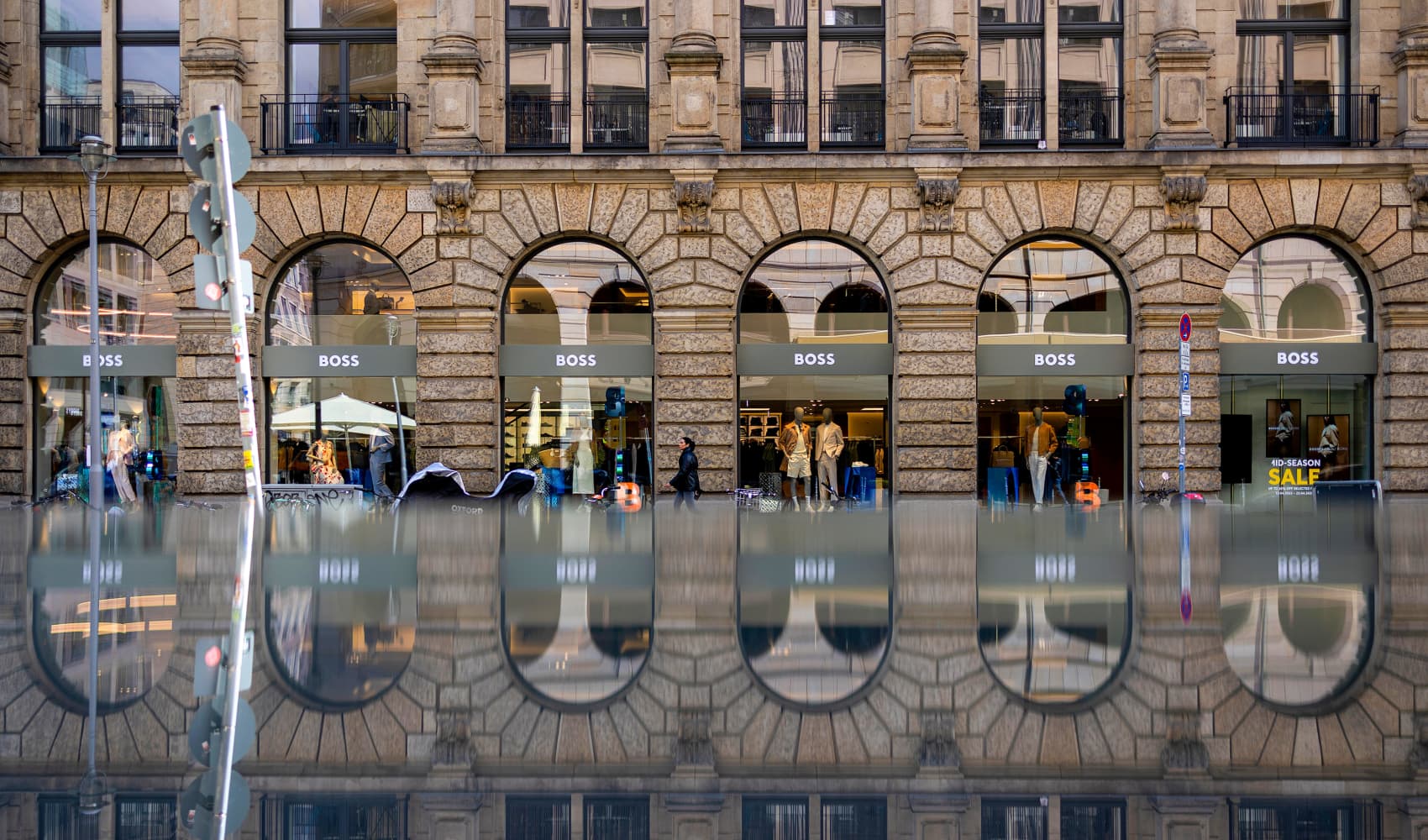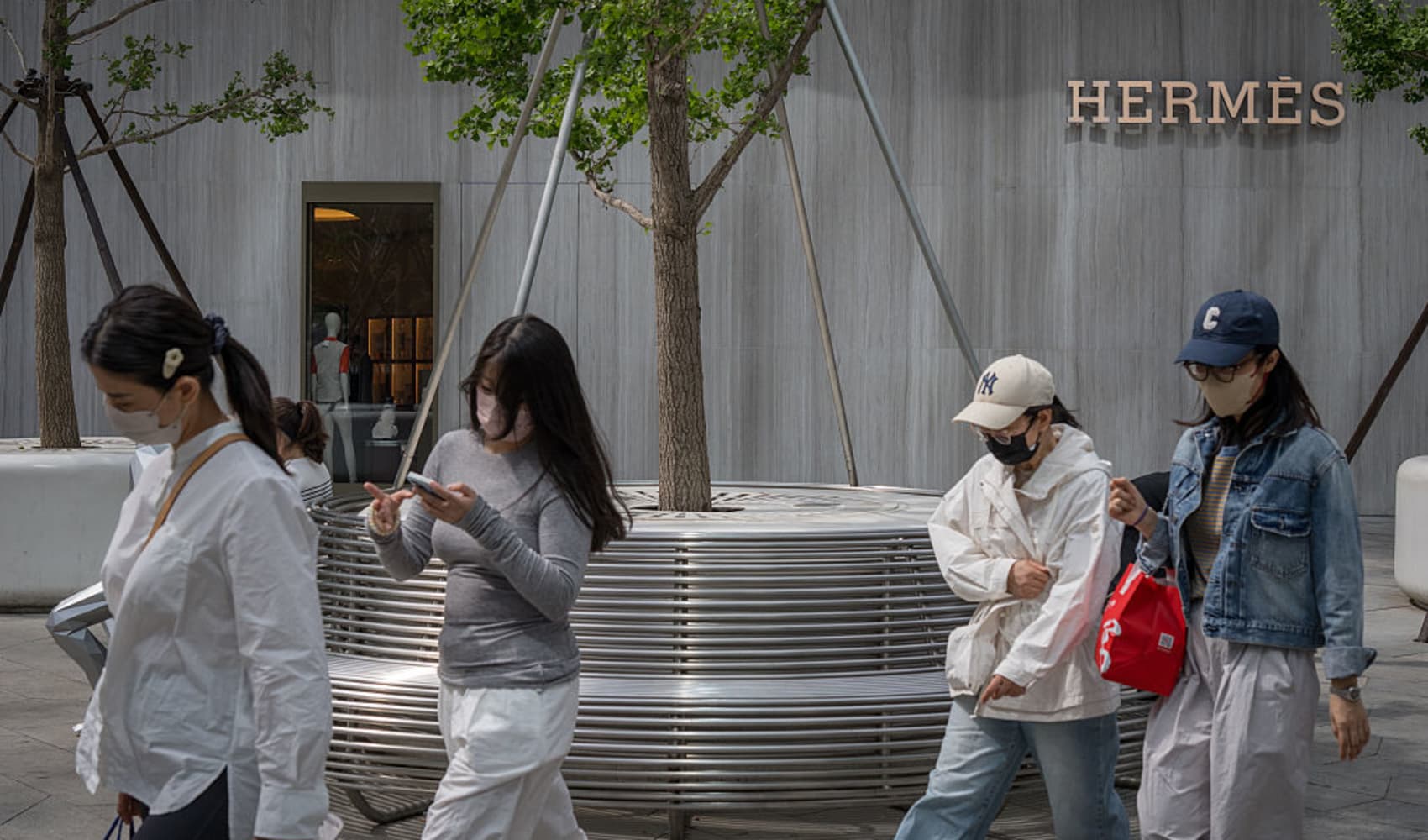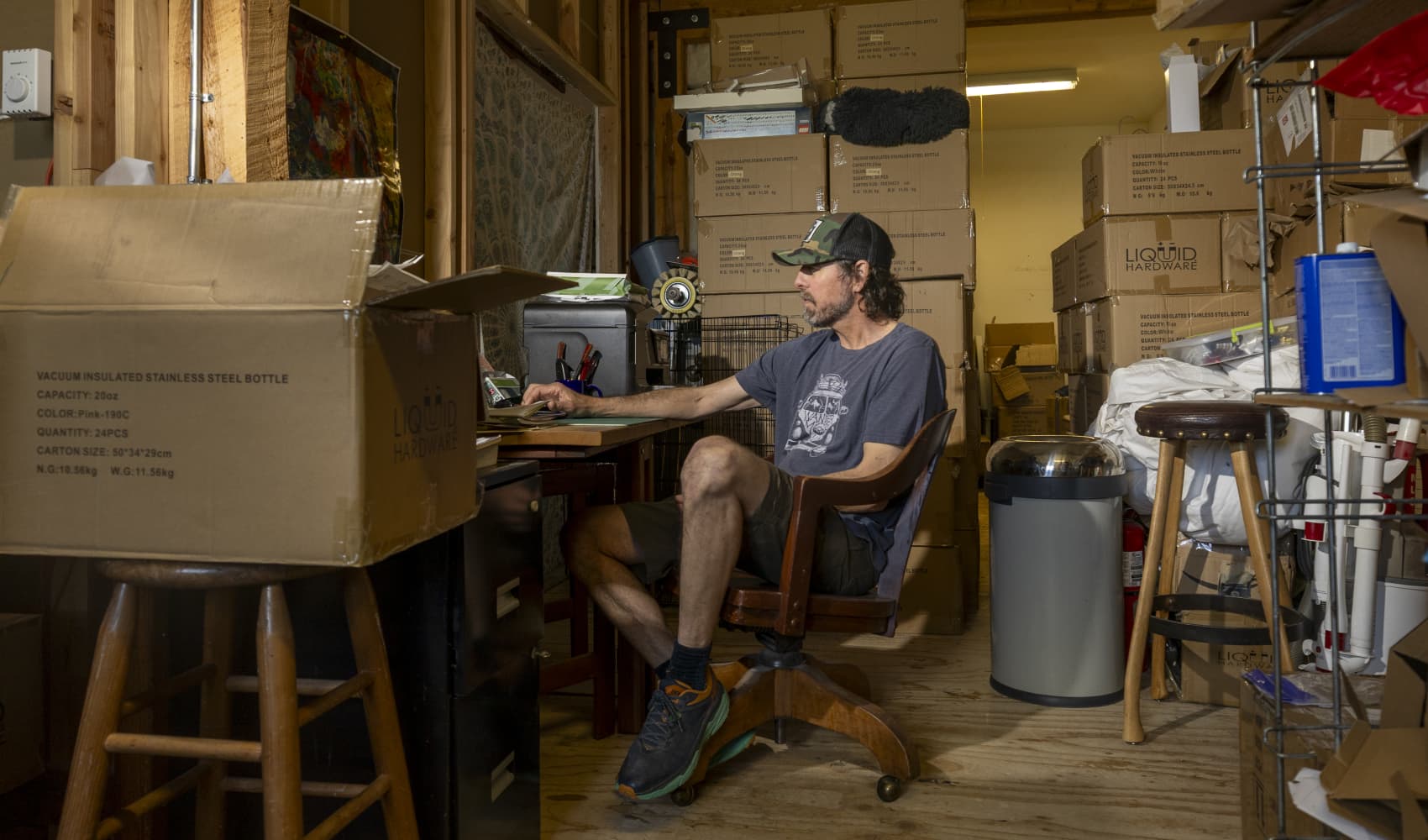Consumer Spending Holds Strong: Recession Risk Still Looms?
Riding the Wave: Can Consumer Spending Outrun Recession Fears Amid Trade Wars?
Introduction: A Tightrope Walk for the American Economy
The American economy, much like a seasoned tightrope walker, seems to be defying gravity. Despite the looming specter of recession, fueled by ongoing trade wars and global economic uncertainty, consumer spending is holding steady. But can this balancing act continue? Are we headed for a fall? This article dives deep into the current economic landscape, exploring why consumers are still spending, what the experts are saying, and what the future might hold. We'll unpack the complexities of consumer behavior, the impact of trade wars, and the potential for a self-fulfilling prophecy of economic downturn. Let's get started!
The Unexpected Spending Spree: Why Are We Still Buying?
It's a head-scratcher, isn't it? Headlines scream about potential recession, trade wars dominate the news, and yet, wallets remain open. While many Americans are worried about where the U.S. economy is heading, few have changed their spending habits in anticipation of a slowdown. What's driving this resilience? Is it denial, optimism, or something else entirely?
The "Feel-Good" Factor (For Now)
One potential explanation lies in the current job market. Unemployment rates remain low, and wages, while not skyrocketing, are generally trending upward. This creates a sense of security, a "feel-good" factor that encourages spending. After all, who wants to cut back when things *seem* relatively stable?
The "Keeping Up with the Joneses" Phenomenon
Another factor could be the relentless pressure of consumer culture. We're constantly bombarded with advertisements, social media posts showcasing aspirational lifestyles, and the urge to "keep up with the Joneses." This pressure can override rational economic concerns, leading us to spend even when we know we probably shouldn't.
Financial Stress: A Growing Undercurrent of Anxiety
Despite the spending spree, a worrying trend is emerging: financial stress. Nearly three-quarters, or 73%, of adults said they are “financially stressed,” with most pointing to the tariff wars as the culprit, according to a recent CNBC/SurveyMonkey online poll. This anxiety is like a slow-burning fuse, potentially igniting a significant pullback in spending down the line.
Tariffs and the Squeeze on Wallets
Trade wars, with their tariffs and retaliatory measures, are directly impacting consumers. Higher prices on imported goods, from electronics to clothing, are squeezing household budgets. While some may be absorbing these costs for now, the cumulative effect is likely to be significant.
The Debt Dilemma: Living on Borrowed Time?
Another contributor to financial stress is the rising level of consumer debt. Credit card balances, auto loans, and student loans are all contributing to a sense of unease. For many, spending is fueled by credit, which is a dangerous game when economic uncertainty looms.
Expert Predictions: A Looming Economic Slowdown?
Economists and financial analysts are sounding the alarm, predicting a slowdown in the coming months. Their concerns are rooted in several factors, including:
- Trade War Escalation: Continued trade disputes could further disrupt global supply chains and raise prices.
- Global Economic Weakness: Slower growth in Europe and Asia is impacting the U.S. economy.
- Interest Rate Hikes: The Federal Reserve's interest rate policies can influence borrowing costs and investment decisions.
Sasha Indarte's Warning: A Self-Fulfilling Prophecy
"That is a self-fulfilling prophecy," says Wharton's assistant professor of finance Sasha Indarte. This highlights a crucial point: the fear of a recession can actually *cause* a recession. If enough people believe the economy is weakening and start cutting back on spending, their actions will create the very slowdown they feared.
The Consumer's Dilemma: Spend Now or Save for a Rainy Day?
So, what's a consumer to do? The urge to spend is strong, but the warning signs are undeniable. Navigating this dilemma requires a delicate balance of optimism and prudence.
Building a Financial Safety Net
One smart move is to prioritize building a financial safety net. This means:
- Creating an Emergency Fund: Aim for at least three to six months' worth of living expenses in a readily accessible savings account.
- Paying Down Debt: Focus on reducing high-interest debt, such as credit card balances.
- Investing Wisely: Consider investing in a diversified portfolio for long-term growth.
Mindful Spending: Differentiating Needs from Wants
Another important step is to practice mindful spending. This involves carefully considering each purchase and differentiating between needs and wants. Do you *need* that new gadget, or do you simply *want* it? Can you find a more affordable alternative? Small changes in spending habits can add up to significant savings over time.
Trade Wars: The Elephant in the Economic Room
Let's not forget the elephant in the room: trade wars. These disputes have far-reaching consequences, impacting not only consumers but also businesses and international relations. Understanding the dynamics of these conflicts is crucial for making informed financial decisions.
Impact on Businesses: Supply Chains and Profit Margins
Trade wars disrupt supply chains, forcing businesses to find alternative sources for materials and components. This can increase costs and squeeze profit margins, ultimately leading to higher prices for consumers.
Geopolitical Implications: A Shifting World Order?
Beyond the economic impact, trade wars also have significant geopolitical implications. They can strain relationships between countries and contribute to a sense of global instability. This uncertainty can further dampen economic confidence and investment.
The Role of Government: Can Policy Interventions Help?
Government policies play a crucial role in shaping the economic landscape. Fiscal stimulus, tax cuts, and infrastructure investments can all help to boost economic growth. However, poorly designed policies can also exacerbate existing problems.
Fiscal Policy: Stimulus or Austerity?
The debate over fiscal policy often revolves around the question of stimulus versus austerity. Should the government spend more money to stimulate the economy, even if it means increasing the national debt? Or should it focus on cutting spending and reducing the debt, even if it means slower growth?
Monetary Policy: Interest Rates and Inflation
The Federal Reserve's monetary policy also has a significant impact on the economy. By adjusting interest rates, the Fed can influence borrowing costs, inflation, and employment levels. However, monetary policy is not a perfect tool, and its effects can be difficult to predict.
Consumer Confidence: The Canary in the Coal Mine
Consumer confidence is a key indicator of economic health. When consumers are optimistic about the future, they are more likely to spend money, which fuels economic growth. Conversely, when consumers are pessimistic, they tend to save more and spend less, which can lead to a slowdown.
Tracking Consumer Sentiment: Surveys and Indices
Several organizations track consumer sentiment through surveys and indices. These measures provide valuable insights into how consumers are feeling about the economy and their own financial situations.
The Psychological Impact of Economic News
Economic news, both positive and negative, can have a significant psychological impact on consumers. Constant headlines about recession risks can create anxiety and lead to a pullback in spending, even if the underlying economic fundamentals remain relatively strong.
Navigating Economic Uncertainty: Strategies for Success
In the face of economic uncertainty, it's important to be proactive and take steps to protect your financial well-being. Here are some strategies for success:
- Diversify Your Investments: Don't put all your eggs in one basket. Spread your investments across different asset classes to reduce risk.
- Develop a Budget: Track your income and expenses to identify areas where you can save money.
- Seek Professional Advice: Consult with a financial advisor to develop a personalized financial plan.
The Future of Consumer Spending: A Cloudy Crystal Ball
Predicting the future is always a risky business, especially when it comes to the economy. However, by understanding the current trends and the potential risks, we can make more informed decisions about our own financial futures. Will consumer spending continue to defy expectations? Or will the looming recession finally take hold? Only time will tell.
Conclusion: The Balancing Act Continues
The American economy is currently engaged in a delicate balancing act. Consumer spending is holding steady, but financial stress is rising, and experts are warning of a potential slowdown. The outcome will depend on a variety of factors, including trade wars, government policies, and consumer confidence. By understanding these complexities and taking proactive steps to protect our financial well-being, we can navigate the uncertainty and ride out the storm, whatever it may bring.
Frequently Asked Questions
Here are some frequently asked questions about consumer spending, trade wars, and recession risks:
- What is a trade war, and how does it affect me?
A trade war is an economic conflict between countries that involves imposing tariffs or other trade barriers on each other. This can lead to higher prices for consumers, reduced business profits, and slower economic growth.
- What are the signs of a recession?
Some common signs of a recession include a decline in GDP, rising unemployment, falling consumer confidence, and a decrease in business investment.
- How can I protect my finances during a recession?
You can protect your finances by building an emergency fund, paying down debt, diversifying your investments, and creating a budget.
- What is the Federal Reserve, and what does it do?
The Federal Reserve is the central bank of the United States. It is responsible for setting monetary policy, regulating banks, and maintaining the stability of the financial system.
- Should I stop spending money if I'm worried about a recession?
While it's wise to be cautious and build a financial safety net, drastically cutting back on spending can contribute to a self-fulfilling prophecy of economic downturn. Instead, focus on mindful spending and prioritizing your needs over wants.
